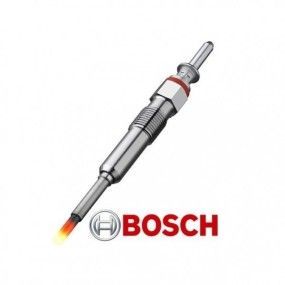Glow plugs, also known as preheating plugs, are essential elements in diesel engines, whose main function is to facilitate cold starts by heating the combustion chamber. Unlike gasoline engines that use conventional spark plugs, diesel engines rely on compression and the heat generated to initiate fuel combustion. Technical operation of glow plugs: Preheating phase: When the ignition key is turned on, the electronic control unit activates the glow plugs. The heating elements (usually made of ceramic metal or stainless steel) quickly heat up to over 850°C. This raises the temperature in the combustion chamber, which improves diesel ignition in low-temperature conditions. Engine starting: With the compressed air already heated, the engine starts more easily, even in cold climates or after long periods of inactivity. Some modern systems keep the glow plugs active for a few seconds after starting to reduce emissions and noise. Postheating (in advanced models): In vehicles with sophisticated electronic control systems, preheating extends over the first few minutes of operation, promoting efficient combustion. Typical components of a diesel glow plug: Metal body: Housed in the cylinder head; resistant to pressure and heat. Heating element: Located in the tip; responsible for thermal increase. Mounting thread: Allows for a tight fit in the chamber. Electrical connector: Receives voltage from the glow plug control unit. Electronic control (in advanced systems): Determines when and how long the glow plug should be heated. Modern glow plugs are capable of reaching operating temperature in less than 3 seconds, significantly improving starting performance and reducing initial pollution.
CONTACT
Email: info@recambiosdeautomovil.com














































